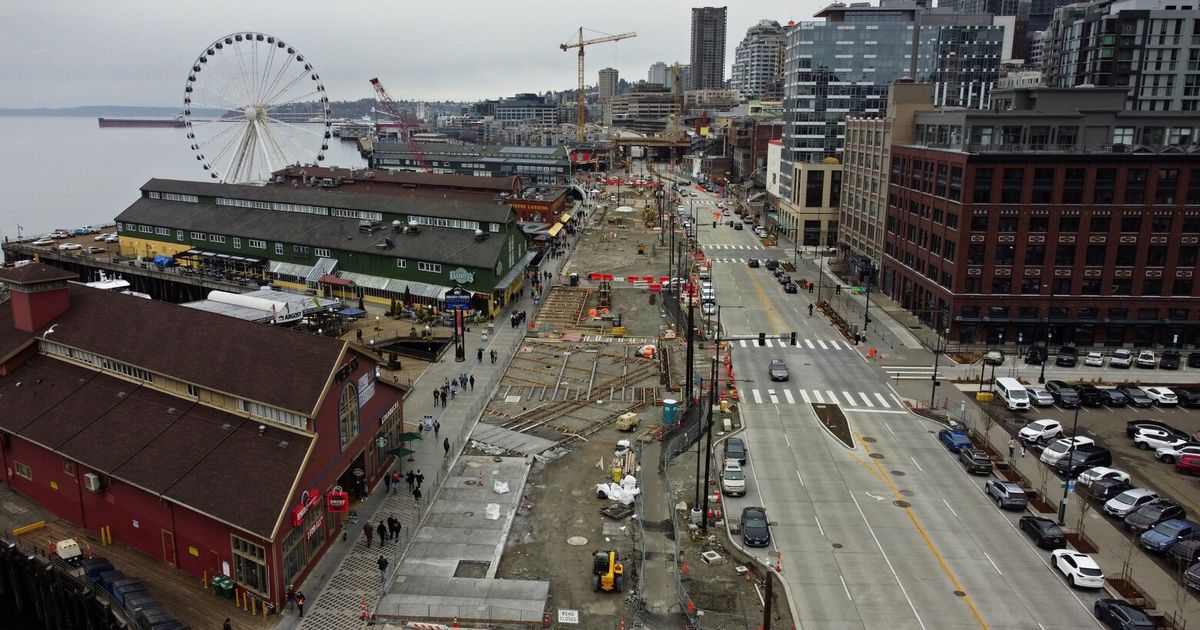A spell of spring heat in northern India has once again put the spotlight on the climate crisis and the vulnerability of our food security and livelihoods to climate risks. Last year also, episodes of prolonged and unusually intense heat in February-April impacted wheat production. For now, day temperatures are higher than average, but night temperatures are still within a favourable range. Thunderstorms and rainfall in some states have helped. Therefore, as things stand, wheat production is unlikely to be significantly affected, but if the temperatures soar later this month, we could suffer considerable losses. Such risks are only likely to rise due to the increasing intensity, frequency and duration of climate extremes.
Over the years, India has taken several steps to de-risk agriculture. Several large-scale climate extremes — such as droughts or deficient rainfall periods in 2002, 2009, 2014, and 2015 — didn’t engender significant hunger on an aggregated scale. Thanks to the efforts of our farmers, researchers, and industry, and the support of several government schemes, such as crop insurance, farm inputs and markets, India maintains a large buffer stock of food grains for the public distribution system, and this helped support nearly 800 million people during Covid-19. The Indian Council for Agricultural Research, with its CGIAR partners and BISA, developed several high-yielding crop varieties, and invested in understanding the magnitude of the climate crisis, identifying adaptation and mitigation strategies, and realistic measurements of greenhouse gas emissions from agriculture. Wheat varieties with early heat tolerance enabled farmers in Punjab and Haryana to plant wheat in late October/early November and escape terminal heat stress. We have had reasonable success with minimum tillage and laser-levelling practices in north-western India.
But the pace and complexity of evolving climate risks are much more than research and development efforts. We now see multiple stresses of different intensities and duration in one crop season. For example, heat, drought, and even floods occur in the same places, one after the other. Considering this increasing complexity of climate risks, it is time to revisit our research and development. We believe a time-bound, inter-ministerial programme on de-risking Indian agriculture is needed. It should look at seven aspects.
One, risk zoning. India’s agroecological mapping should urgently factor in the dynamic risk profile of a region, based on the frequency and intensity of hazards and yield losses. Research and development strategies will differ greatly for low, medium or high-risk zones. For example, diversification from agriculture would be preferred in very high-risk areas. In contrast, growth-promoting options should be the priority in low-risk zones and climate adaptation in medium-risk zones. Given the pace of changing hazard patterns, such profiling needs to be updated every three years.
Two, land-use plans and technology targeting. Alternative land-use plans considering market demand, agroecological potential, climate risk profile, and socio-economic constraints of the region need to be developed. Policy support, incentives, and disincentives to farmers can enforce such land use plans. To begin with, such plans need to be developed and implemented for 100 backward districts.
Three, managing water resources in rainfall excess or deficient hotspots. Changing climate results in intensifying very heavy or no rainfall episodes. Identifying such hotspots, developing and demonstrating innovative harvesting systems for managing floods or waterlogging at a panchayat scale, and later using this water for irrigation in water-deficit periods will be rewarding, although expensive.
Four, new genetic technology deployment. Enhanced trait-based breeding, using precision phenotyping and molecular approaches, including genome editing, is increasingly being used to realise the full potential of genetics in different crops. Strategies are needed to deploy these for managing biological and climate stresses.
Five, digital agriculture and early-warning systems (EWS). There has been great progress in modelling, remote sensing, and machine learning worldwide, including in India. Coupling these tools with digital agricultural technologies can provide farmers and other stakeholders with value-added actionable knowledge to manage climate risks. These tools also need to develop state-of-the-art EWS for weather, food insecurity hotspot mapping at a granular scale, early identification of global trade opportunities, and tracing the movement of transboundary pests and diseases.
Six, efficient and inclusive insurance solutions. The importance of insurance in managing climate risks will only grow due to the continued unpredictability of hazards. Integrating satellite data, crop modelling, machine learning, and risk profiles of panchayats can greatly increase the efficiency and efficacy of insurance schemes. These technologies can also support universal insurance coverage for all farmers, providing them with a much-needed safety net.
Seven, managing business risks. Both food demand and supply are dynamically linked to climate risks. Innovative partnerships for agriculture produce aggregation, warehousing, distribution, and marketing models can help. Several banks and money-lending agencies are investing in understanding the climate risk profile to reduce their risk exposure. While this secures banks, poor farmers face pressure while purchasing agricultural inputs and could potentially fall into a poverty trap. Social safety needs to be streamlined to support such farmers.
The experience over the last two decades has shown that the Green Revolution model of creating a symbiotic relationship between technology, policy, institutions, and stakeholders’ capacity remains relevant for strengthening climate resilience. The G20 leadership is an excellent platform for India to mobilise member-countries to address the problems of the Global South on climate-risk management solutions.
Pramod Aggarwal, Arun Joshi and Paresh Shirsath are with the Borlaug Institute for South Asia-CIMMYT The views expressed are personal.















